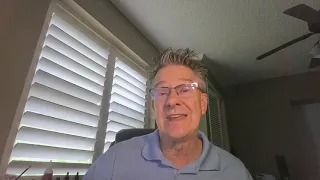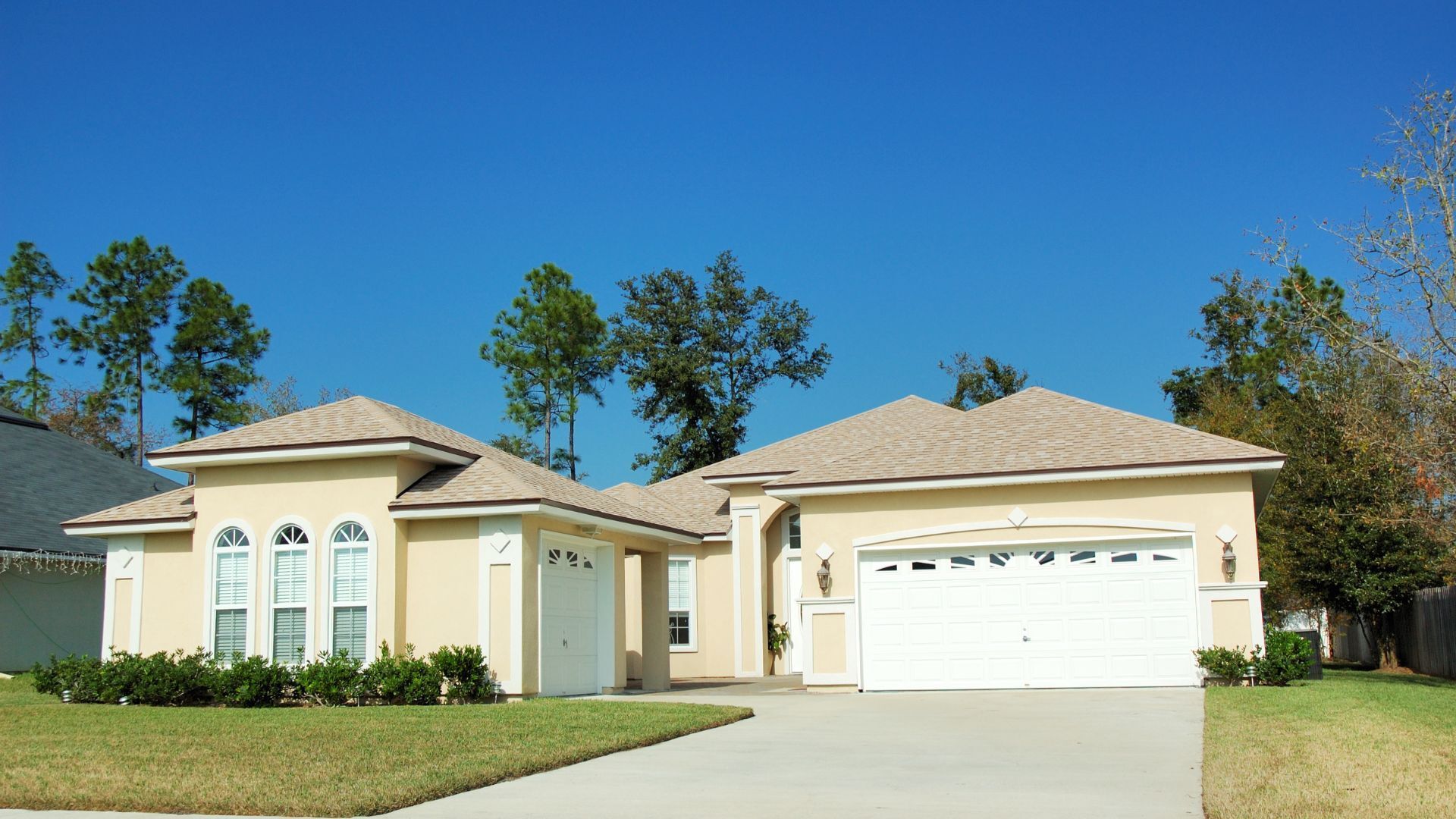Call (727) 784-5555
Mike Simonsen: How rising rates impact the housing market
What the market did in 2018 can serve as a guide for this year
One of the biggest questions in real estate right now is how rising interest rates will impact the housing market. This used to be a pretty easy question to answer: when interest rates go up, it costs more to purchase a home, and demand drops. Price appreciation slows, and homes take longer to sell. More expensive money also meant fewer investors holding homes so inventory would climb too.
This year, the numbers aren’t that straightforward. The market has been so hot, many worry that rising rates will finally be the catalyst to pop the bubble. Yet, even as rates have begun to climb, homes are still flying off the market nearly three times faster than before the pandemic. The price of new listings continues to rise, which is a very bullish indicator for sales prices in the coming months. Americans have been lined up to buy homes for so long that increased costs haven’t deterred any demand… at least, not yet.
That being said, if interest rates continue to rise, we may see some small shifts in the market, and a short window of opportunity for eager buyers.
Start Your Loan
with DDA todayYour local Mortgage Broker
Mortgage Broker Largo See our Reviews
Looking for more details? Listen to our extended podcast!
Check out our other helpful videos to learn more about credit and residential mortgages.





